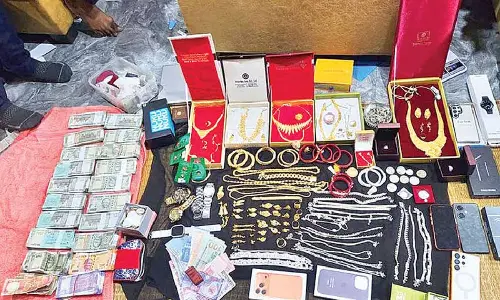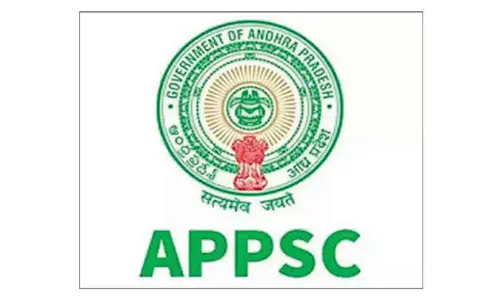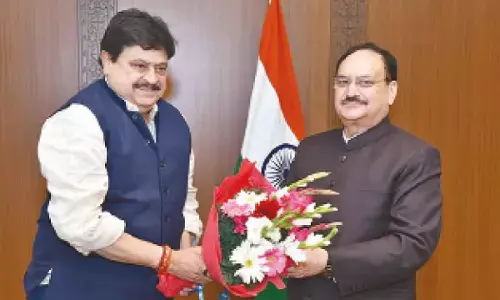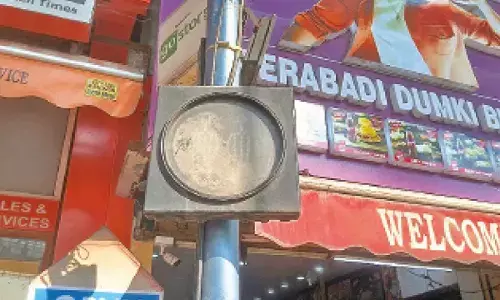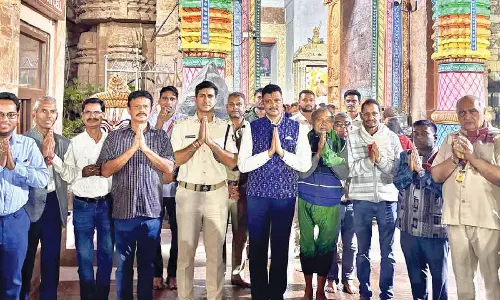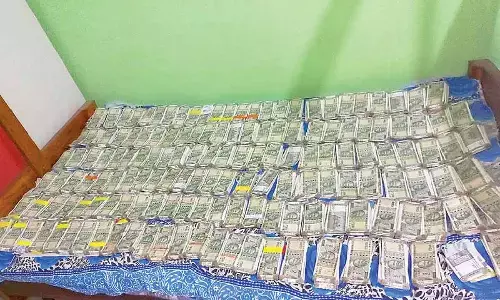Civils Marathon XIII: Revision in 30 days
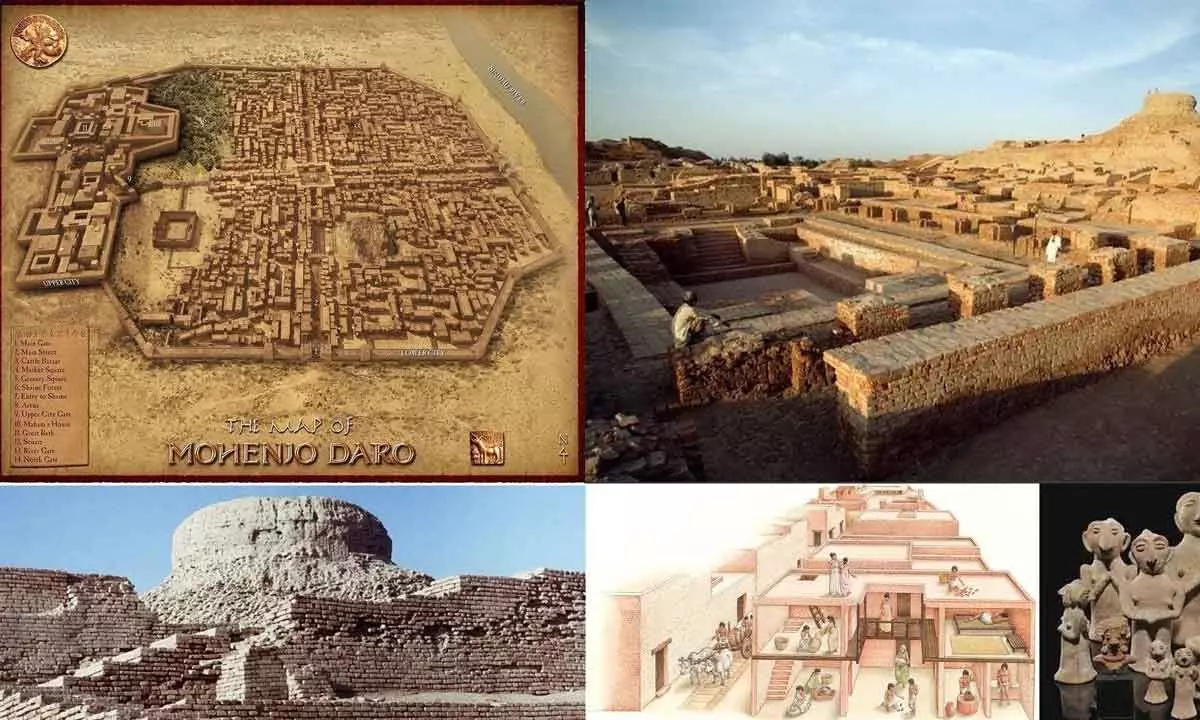
Civils Marathon XIII: Revision in 30 days
The civil services preliminary examination is scheduled on June 5, 2022
It is an elite examination in the country to select the candidates for the executive posts. Civil servant is not a specialist but a generalist. He is a public servant who need to have an overall idea of the historical, social, economic, political, geophysical, environmental, scientific, technological and cultural dimension of the society to resolve the challenges faced in the day today life of a citizen.
General studies paper I
In the general studies paper one of prelims examination there are seven segments. The candidates should concentrate on all the segments and this is the time to revise the entire material within this 30 days. The segment of art and culture also is important. Under this the following topics are to be studied well. They include art and architecture, sculptures, paintings, music, dance forms, theatres, languages and literatures. Candidates should not neglect this segment with a view that there may be 4 to 5 questions under this category. As a civil servant he is supposed to know the art and architecture including the culture of the country. It will help you in writing the answers in mains examination as well as at the personality test.
Architecture
Indus Valley architecture has its own speciality. The archaeological findings at Mohenjodaro, Harppa, Kalibangan, Lothal, Dholavira and Allahadinho have uncovered many types of houses and public buildings at both large and small settlements. The great bath is without doubt the earliest public water tank in the ancient world. We can relate our current modern urban planning to the Harappan town planning. Cave architecture of Mauryan period has its own significance. Temple architecture has its own speciality. Dravida style temple architecture is to be studied in detail. Vijayanagar style of architecture (1336-1556) is famous for Defence architecture besides religious architecture. Indo-Islamic architecture begins at the close of 12th century AD.
Bengal school of architecture has its own peculiarities. Charminar (1591), Mecca Masjid (1614-87), Golconda Fort (1525), Falaknuma palace (1870) belong to Hyderabad school of architecture. The Mogul Empire as well as Mogul architecture flourished and rose to greater heights under the benign rule. But it ended abruptly under the last of the great Mughals, Aurangazeb Who tried to reverse the entire conciliatory policy of his ancestors . He looked upon art, music, dance, painting and even architecture as an evil
born of worldly desire. The first distinct example of proper Mogul architecture is the tomb of Humayun in Delhi built by his widow Begha Begum.
The main features of architecture under different Mogul rulers include synthesis of Hindu Muslim art tradition. Construction of buildings for civilian purposes started during the period of Akbar.
Painting
Information with respect to society, culture and belief is gleaned from painting. Recently there was a question about Mesolithic rock painting .This painting of India not only reflects the cultural life of the times but also an aesthetic sense comparable to modern painting. Ajanta painting and Ellora cave paintings are distinct in nature.
The mural paintings in the Ellora caves are found in 5 caves. This mural were done in two phases. The first phase paintings were done during the carving of the caves, while the second phase ones were done several centuries later.
The origin of Mogul school of painting is considered to be a landmark in the history of painting in India which are generated during the reign of Akbar in 1560 AD.
There was a third category of imperial art called 'history painting'. Imperial history paintings sought to create a public memory of imperial triumphs. Victories had to be remembered, implanted in the memory of people both in India and Britain.
Only then could the british appear invincible and all powerful. After 1920s a new generation of artists began to break away from the style popularised by Abanindranath Tagore. As the debates continued new movements of art grew and styles of art changed.
Modern architecture
The colonial architecture of Portuguese style, French style, british style are of different nature. Victoria Terminus station at Mumbai was designed by the British Architect F W Stevens. It became the symbol of Bombay. Victoria Memorial Hall at Kolkata was designed by William Emerson in late 19 th century. The famous architects of modern India include- Laurie Baker, Karl Heinz, Le-Corusier and Charles-Correa.
Music
Sama Veda is the earliest tradition of Indian music. It contained Shlokas and hymns that were put to music and Sapthaswaras are mentioned in it. Narada was the first Sage to whom the laws of music were revealed. The pillars of Indian musical system include Swara, Raga and tala. Originally there was only one system of music in India but in mediaeval age, north India came under the influence of Persian music leading to formation of Hindustani and Carnatic styles. Bharata compiled Natya Shastra. Samudragupta Gupta was an accomplished musician. Jayadeva of 12th century produced Geetha Govinda a brilliant composition of songs set in ragas on the theme of the love of Radha and Krishna. In mediaeval period Sufi and bhakti movements encouraged music. Hindustani classical music dates back to the period of Delhi Sultanate. Amir Khusrow is believed to have invented the sitar and tabla and is said to have introduced new raga.
Method of revision
Have your own timetable to study during the period of revision. Only four weeks are available to grasp the subject. It is not the question what you have studied but what you remember in your mind. At the time of the examination you have to correlate the material which you have studied during in the last one or two years. Particularly in history the dates are to be remembered. There should not be any confusion regarding the dynasties and their rulers. Different amendments to the constitution and the dates are to be kept at the fingertips. Answering hundred questions in 120 minutes is the big hurdle. Mentally be prepared for the encounter.
(Author is retired Additional Director General. Doordarshan, Delhi)








